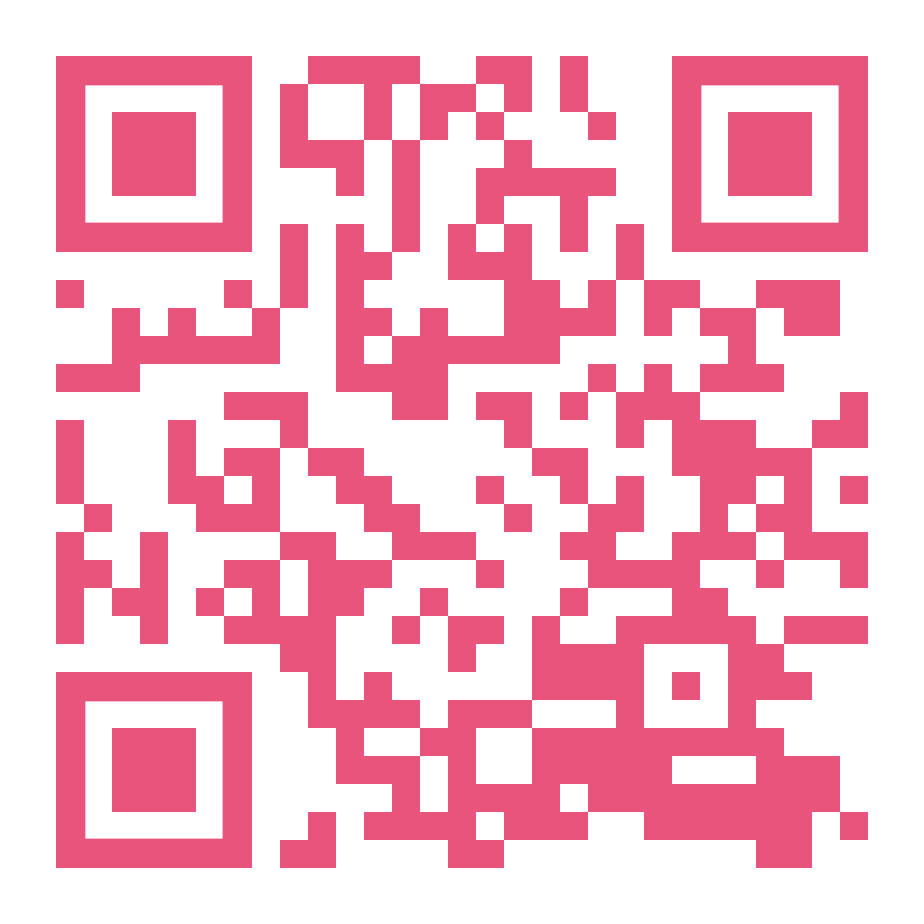Stretch the possible: Embodied ideation during a global pandemic with BeWeDō
Abstract
Since 2016, I have been applying the ‘BeWeDō® framework’ as a new method within the broad rubric of Design Thinking. The unique design practice-orientated research is inspired by the Japanese martial art of Aikidō, and literally creates space to get people moving – physically, mentally and socially – to explore an issue and then take the first steps to move conversation to action with embodied ideation. In structuring co-creative possibilities for embodied ideation, BeWeDō adapts the Aikidō movement exercise of ‘tai no henko’ to get people working in pairs, connecting with each other by the wrist in order to move their bodies (communicating in both the physical and mental sense with the movement of their partner) to more desirable positions. The approach involves communication as a co-operative activity transcending the individual: rather, it is a collective capacity generated in the relationships and interactions among people. Offering your hand, and your partner touching your wrist using tai no henko, is one of the most effective aspects of the BeWeDō experience, providing a compelling multi-sensory experience by which people can dynamically connect and co-create possibilities with movement. This connection and light, non-intrusive physical touch amplifies the communication of ideas, facilitates trust, and creates bonds between people. BeWeDō had garnered international recognition prior to the global pandemic COVID-19 turning the world upside down in January 2020 when, all of a sudden ‘human touch’ could put another person’s health in jeopardy! COVID-19 blurred the line between the physical and virtual spaces forever. While video-calling interfaces such as Zoom have enabled people to positively connect and foster some sense of togetherness during the pandemic in ways that would have been impossible just a few years ago, the downside is that the current experience can also negatively impact on attention, collaboration and creativity. Within this context how could I continue to offer people a psychologically safe physical experience as a practice-orientated process for structuring embodied ideation? In response to the pandemic, I have used a visual ethnography approach to connect my practical, personal, and participatory field experiences. My research employed all the senses to create, perform, and represent knowledge as part of the process of reflecting critically on how the existing BeWeDō experience could evolve and navigate the sensory interdependence of the body-mind-environment in a pandemic context. The findings confirmed that the BeWeDō approach could quickly adapt to offer (1) ‘non-touch’ and (2) 'socially distanced' practices. In addition, one of the more significant findings to emerge from this study is the development of an experimental (3) ‘virtual’ practice launched during the DRS2020 conference. Virtual BeWeDō is a gestural and motion-based interface prototype that coordinate dynamic virtual movement using the BeWeDō approach as a catalyst for making connections – a unique transdisciplinary response enabling people to maintain, advance, and generate on-going digital collaborations now, and post-pandemic.

Copyright (c) 2021 Mark Bradford

This work is licensed under a Creative Commons Attribution 4.0 International License.
